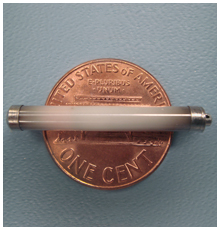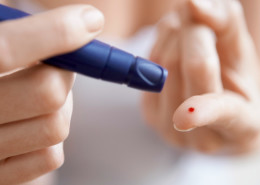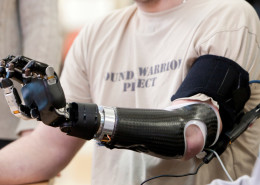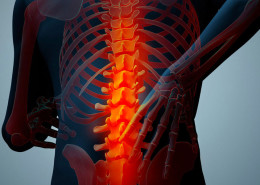Neuromuscular Disorders
Each year, 750,000 people in the US experience a stroke and 11,000 suffer a spinal cord injury. 500,000 Americans currently live with cerebral palsy, 270,000 with multiple sclerosis and 5.3 million with the after-effects of a traumatic brain injury, and thousands more with movement disorders such as amyotrophic lateral sclerosis (ALS, or Lou Gehrig’s disease) and other conditions that rob them of their ability to move their muscles and, in many cases, live independently.
Patients who have lost the ability to move an arm or a leg, stand up out of a chair or swallow a mouthful of food due to a neuromuscular condition are often faced with months to years of physical therapy to try to restore or retain some level of muscle function. While many patients experience success in their efforts, those who don’t may face fewer clinical options as time passes from the original onset of their symptoms.
In 1791, scientist Luigi Galvani first showed that electricity, when applied to a frog’s leg, could cause muscle twitches. In the intervening centuries, scientists have learned much about how electrical stimulation affects muscle tissue and have tried to apply it to muscles paralyzed by neuromuscular disease to create both therapeutic and functional effect. This field of medicine is known variously as electrical muscle stimulation (EMS), neuromuscular electrical stimulation (NMES), functional electrical stimulation (FES) and electromyostimulation. Although electromyostimulation may hold much promise for patients with neuromuscular disease by strengthening weakened muscles or aiding in muscular function, it presents many technical challenges, as well, challenges the Alfred Mann Foundation has risen to meet with its microstimulator program.
Electrical stimulation can be applied to the affected muscles one of two ways: electricity can be sent across the skin via surface electrodes, or it can be applied directly to the muscle or the “motor nerve” that services that muscle via implanted electrodes. Surface electrodes offer the advantage of not requiring surgery to use, but they are only able to target muscles close to the surface of the skin, and the electrodes must often be placed very precisely in order to achieve maximum effect. Implanted electrodes can be placed directly next to the affected muscle or motor nerve, allowing for much more precise and repeatable stimulation to the muscle. Early implantable systems, though, were bulky and required extensive surgery to place an electrical pulse generator, a device about the size of a pack of gum, in a part of the body that could accommodate its size. From it, wired electrodes were tunneled through the body to the muscles that required stimulation. These systems could only accommodate, at most, 8 stimulation sites per implanted pulse generator.
In 1989, the Alfred Mann Foundation began work on a solution to these challenges. Over the next several years, AMF, led by then-president Joe Schulman, in partnership with the Illinois Institute of Technology and Queens University in Canada, developed an implantable electrical stimulation system called the microstimulator that contains the pulse generator and the electrode together in a package the size of a matchstick. Once implanted, the devices communicate wirelessly with a cell phone-like controller worn outside the body that tells each independent implant when to stimulate. These implants can be placed in almost any part of the body, often using a tool much like a large-gauge needle to insert it, and one controller can be used to control as many devices as is therapeutically useful for the patient’s medical condition.
Current development work is leading toward microstimulator devices that can also sense changes in pressure, limb angle, muscle activity and temperature. Feeding such information back into the controller unit may allow for improved control of stimulation, potentially making movements more natural or therapeutically helpful for the patients.
AMF’s microstimulators have been used in several clinical trials, including one in Southampton, U.K. where seven patients who had limited use of one of their arms as a result of a stroke were implanted with several devices in their affected arms. After twelve weeks of stimulating the arm muscles in a pattern that replicated common arm movements, five of the patients had an increased function in the arm even when stimulation was not being applied. Incremental improvements in function such as these can have large impacts on a patient’s life, and AMF employees are equally inspired by the big picture of imagining a paralyzed patient walk as they are by the triumph a patient may feel if he regains the ability to open and close his hand.






